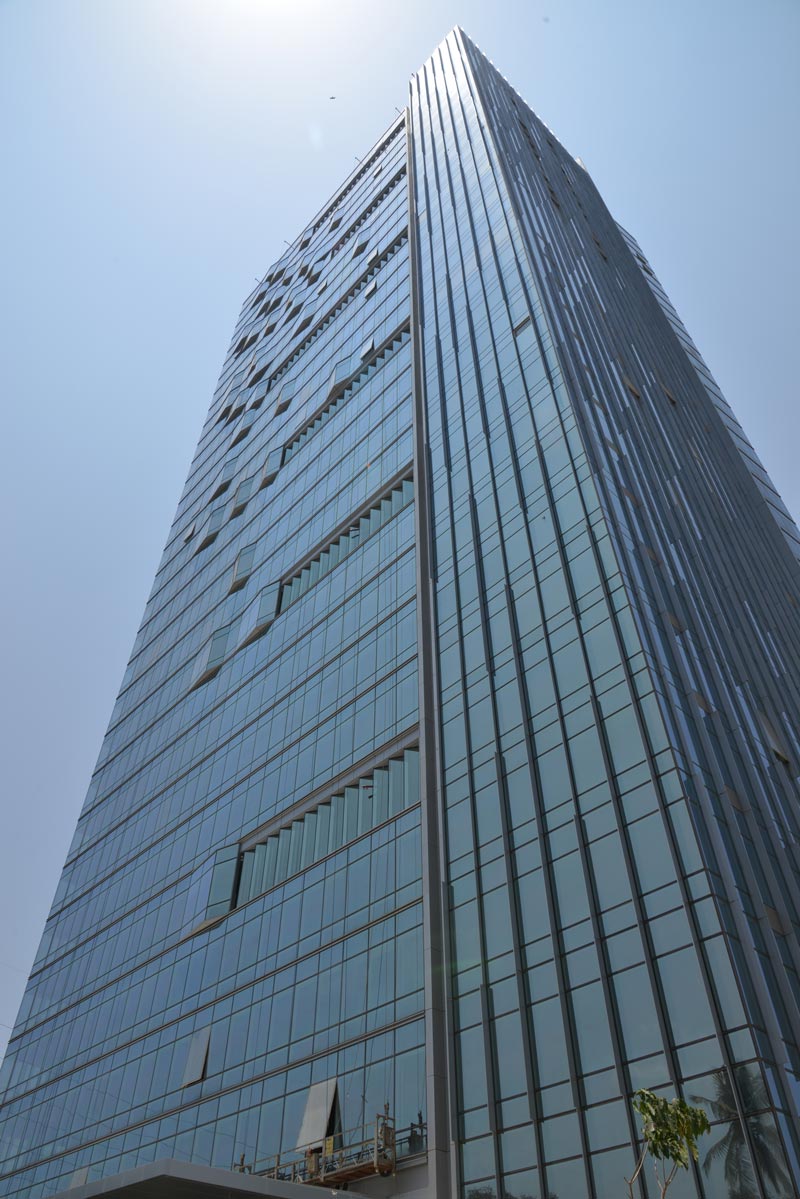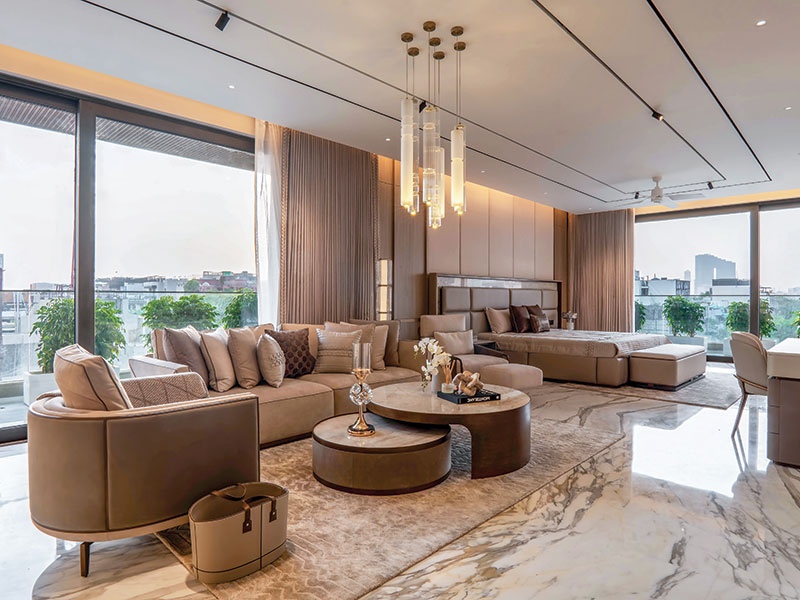As a nation with limited resources and an ever-increasing population, we can’t rely solely on the Government to provide non-renewable resources forever; and considering the impact of the Real Estate sector on the environment, constructing eco-sensitive buildings are the best way to promulgate the idea of green
With a billion-plus population, India is the world’s 4th largest country in terms of carbon emissions. Rapid urbanisation has led to a harsh impact on the environment. To remain energy-positive and reduce our carbon footprint, we need to focus on propagating energy-efficient methods, use of renewable energy resources, and preserving the bounties of nature.

It is imperative that what we choose to build not only lasts a long time but also helps protect the environment. This is the ethos behind the Green Movement which was spearheaded by the British way back in the ‘90s. The movement started with a rating system called BREEAM (Building Research Establishment Environmental Assessment Method) which was later adapted by US authorities as LEED (Leadership in Energy and Environmental Design).
In India, the 1st LEED project was certified in 2004, and since then, several green building projects have pursued and achieved certification under the LEED rating program. Apart from USGBC’s LEED rating system, in India, there is also the Indian Green Building Council (IGBC) rating system and the GRIHA rating system which are followed by many projects across the country. All the green rating systems, at a fundamental level, want buildings to reduce energy use, minimize water consumption, reduce waste, preserve natural resources and create healthier and better living spaces.
All these rating systems talk about the drastic need to construct Green buildings, which can reduce energy consumption by 20-30%, water usage by 30-50% and reduce waste generation by recycling. However, a latest report by Anarock says that as of September 2017, only about 5 percent of the buildings constructed in India were registered for green technology.
Green buildings are created using environment-friendly and energy-efficient methods throughout the building’s lifecycle - from design, construction, operation, maintenance, renovation to deconstruction. Additionally, the construction materials must be sourced ethically and be recycled as far as possible, be environment-friendly, and not have an adverse health impact.
The Way Forward
A green building transcribes into a healthier environment and better ecological balance. Though the initial cost of developing these buildings is higher by 10-15%, in the long run, low operational costs make them a viable option.
This is perhaps why there is an increasing governmental push for creating Green buildings, with incentives and subsidies for sustainable buildings. Moreover, the general public is also more aware and looking for greener alternatives in all aspects of their lives. In fact, a lot of buyers specifically check for the ‘green’ certificate before making an investment. With this in mind, developers are exploring new ways to build and sell green developments and still stay profitable.
The good news is that the Anarock report states that the Green Building market in India will double by 2022; projections are around 10 billion sq.ft, which will translate to a valuation of approximately $35-50 billion.
















